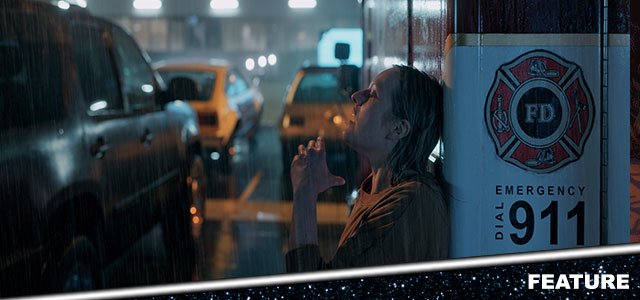
Elisabeth Moss stars in the creepy new adaptation of The Invisible Man, which stalks its way onto the big screen this week.
In need of a refresh on both the movie and the story so far? Scroll down to find out more...
1. It all started with a H.G. Wells novel
Herbert George Wells is perhaps best known as the author of The War of the Worlds, itself no stranger to adaptations on the big and small screens. However, in 1897, a creepy story known as The Invisible Man was serialised before being published as a full novel later that year.
Like many classic science-fiction tales (think Frankenstein, for example), it's a cautionary tale of playing God, showing how a character named Griffin tested an invisibility procedure on himself – with disastrous results. It was one of several works that cemented Wells as a pioneering figure in the genre, extending a significant influence over its successors.
2. There have been several adaptations before this one
In 1933, actor Claude Rains starred in The Invisible Man, surely the most famous adaptation of Wells' book. However, given the nature of the character, Rains (later famous for the likes of Casablanca) only appears for a limited amount of time. In order to accomplish the famous unveiling sequence, where the character Griffin unpeels his bandages to reveal nothing underneath, Rains was filmed wearing a black velvet suit against a black background. This same background was then layered into the final shot via the 'matte' process – giving the illusion of an invisible character.
The film was directed by James Whale, who had earlier delivered the iconic movie of Frankenstein, adapted from Mary Shelley's novel. That film starred Boris Karloff, who was favoured by studio Universal to take on the invisible man role; however, Rains won out, and the movie proved to be a critical and commercial success. Wells, however, was conflicted about Whale's treatment of his novel, disliking the way the film reduced Griffin's character to the status of a "lunatic". This prompted the director to respond that, "in the minds of rational people only a lunatic would want to make himself invisible anyway."
Many other adaptations of The Invisible Man have been made, including 1951's comically-inclined Abbott and Costello meet the Invisible Man.
In 2000, RoboCop and Total Recall director Paul Verhoeven put a typically violent and provocative spin on the formula, casting Kevin Bacon as a scientist who turns psychotic as a result of his experiments.
The character has also appeared as part of a wider ensemble, for example in 2003's critically derided The League of Extraordinary Gentlemen. Adapted from the graphic novel of the same name, it was the last movie to star Sean Connery.
3. The new version puts a devious twist on the formula
Directed by Leigh Whannell, actor and co-writer of Saw, the 2020 version of The Invisible Man refreshes the template. This time, the story is a topical and unsettling look at the impact of domestic abuse, slotting neatly into a post-Harvey Weinstein/Me Too era.
The Handmaid's Tale's Elisabeth Moss adds to her gallery of tenacious leads with her portrayal of the persecuted Cecilia Kass, a woman who inherits the home of her apparently deceased ex-husband. Cecilia had long suffered horrendous treatment at the hands of her spouse, and to her horror, she realises he isn't in fact dead, but invisible, and stalking the corridors of her home. When attempting to convince the authorities, Cecilia is accused of being mad, and must fight to clear her name.
"I saw an opportunity to change people’s perceptions of what The Invisible Man was," Whannell tells The Guardian. "He’s very well known, but I think as time has gone by that character has become almost comical: you know, the floating sunglasses and bandages. The more I thought about it, the more I realised The Invisible Man movie I would love to see has never been made."
4. It could re-ignite Universal's 'Dark Universe' franchise
Remember this? Back in 2017, Tom Cruise movie The Mummy attempted to kick-start a brand new Universal monster movie series, one that would riff on the legacy of the studio's classic horror films from the 1940s. However, The Mummy's disastrous box office and critical reception meant the franchise was put on ice.
In the early stages of its development, the new The Invisible Man movie was eyeballing Johnny Depp as the latest addition to the Dark Universe's rogue's gallery. (A crude photoshopped image placed Depp and Cruise alongside the likes of Javier Bardem, who was being lined up to portray Frankenstein's monster.) Depp's involvement came to nothing; several years later, there's hope the final product could get the franchise back on track.
Whannell tells Collider about how he came onto the project: "It was weird, this film came about in a really random way. It wasn’t like I was plugged into some kind of worldbuilding. I had just finished Upgrade, they called me in for a meeting with some of these Universal and Blumhouse execs… I go to this meeting, and they didn’t really talk about Upgrade. I mean, they said they liked it and they moved on. So, I’m sitting on this couch thinking 'What am I here for? What is this meeting about?' And they started talking about The Invisible Man."
Could this be the movie that unlocks fresh potential in the Dark Universe concept? Maybe, but not in the same way as before. Universal Studios chair Donna Langley has admitted that the Dark Universe was a "failed experiment", and says that Universal will continue to update their classic monster properties, but in a "director-led" manner. And The Invisible Man looks like the first step on this journey.
5. The new Invisible Man has had positive reviews
Produced by Blumhouse, the horror experts behind the likes of Get Out, Split and Halloween, The Invisible Man has been praised as a relentlessly creepy and thought-provoking experience.
"The Invisible Man is devious fun, with a message that's organic enough to hit home: that in a toxic relationship, what you see is what you get - but what gets to you is what you don't see," writes Owen Gleiberman in Variety.
"Its greatest coup... is in gaslighting the entire audience," says Phil De Semlyen in Time Out. "You’ll find yourself scouring the frame for this malign force in the tiniest refraction of light. Whannell knows you’re doing it, too, and lets scenes go on so long, you start to doubt your own eyes. There shouldn’t be any doubting the magnetic Moss, though: she’s the real deal."
And Empire's John Nugent graces the movie with a four-star review: "There’s something Hitchcockian about the way this The Invisible Man plays out. Cecilia is the character nobody believes, written off as mad as strange occurrences build up around her, knowing deep in her gut that she’s being subjected to some extreme psychological warfare. Whannell skilfully metes out these elements in morsel-sized horror set-pieces, initially opting for traditional film craft over modern visual effects. His use of simple camera movements is pointed and powerful. Shots of nothing portend everything. This subtle approach is incredibly effective, and a reminder of how horror doesn’t always have to be frantic to raise dread."
Click here to book your tickets for The Invisible Man, which opens in Cineworld on the 28th of February. Let us know @Cineworld if you're planning to watch it – from behind your fingers, of course.
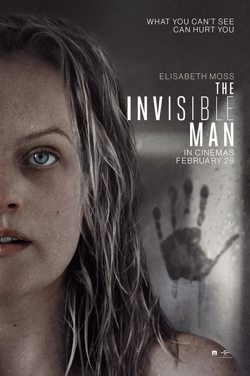
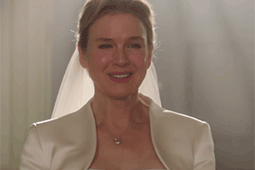

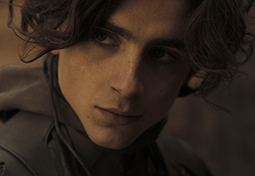
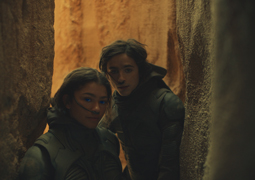
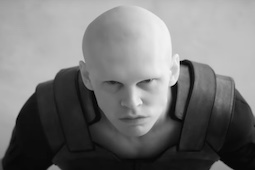
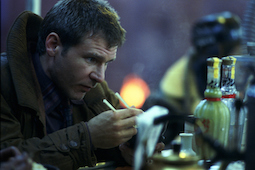




.jpg)


.jpg)
.png)






